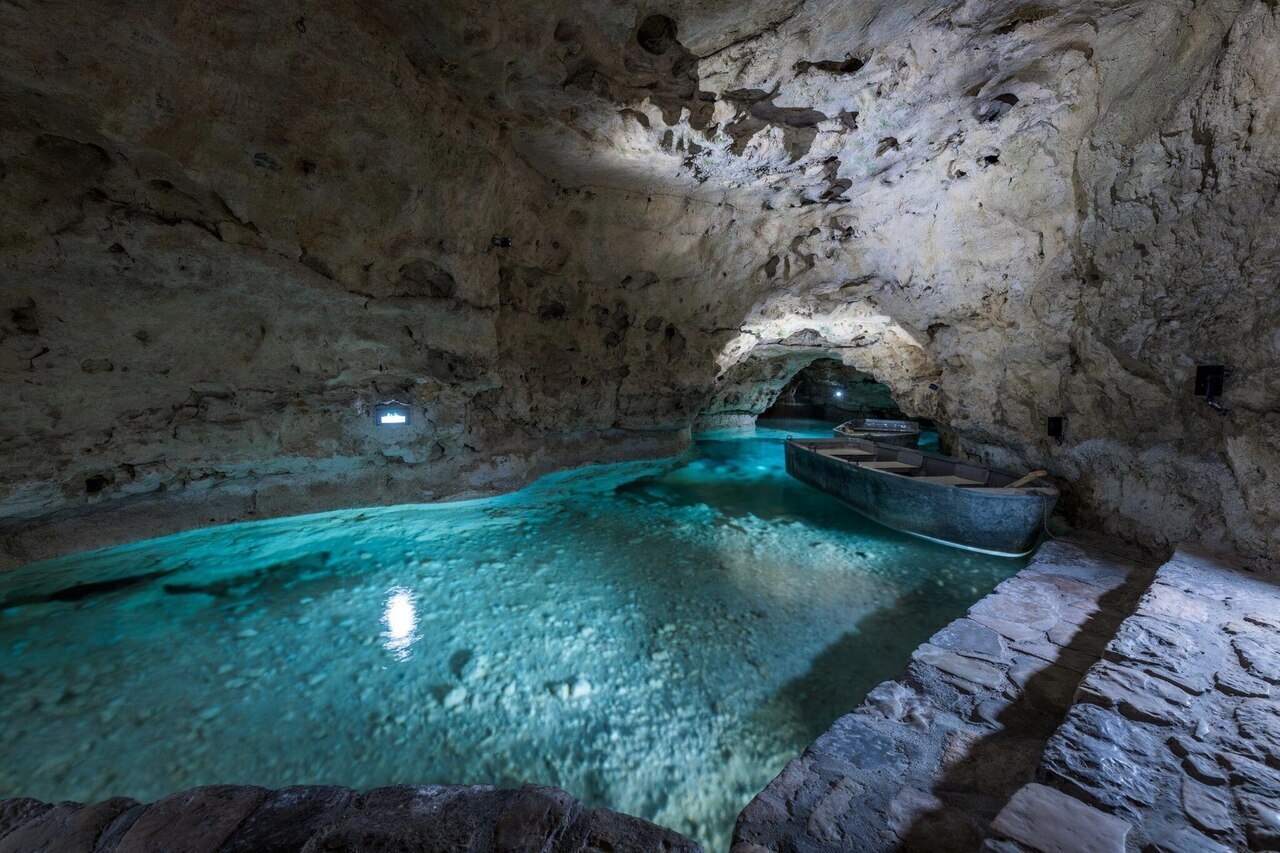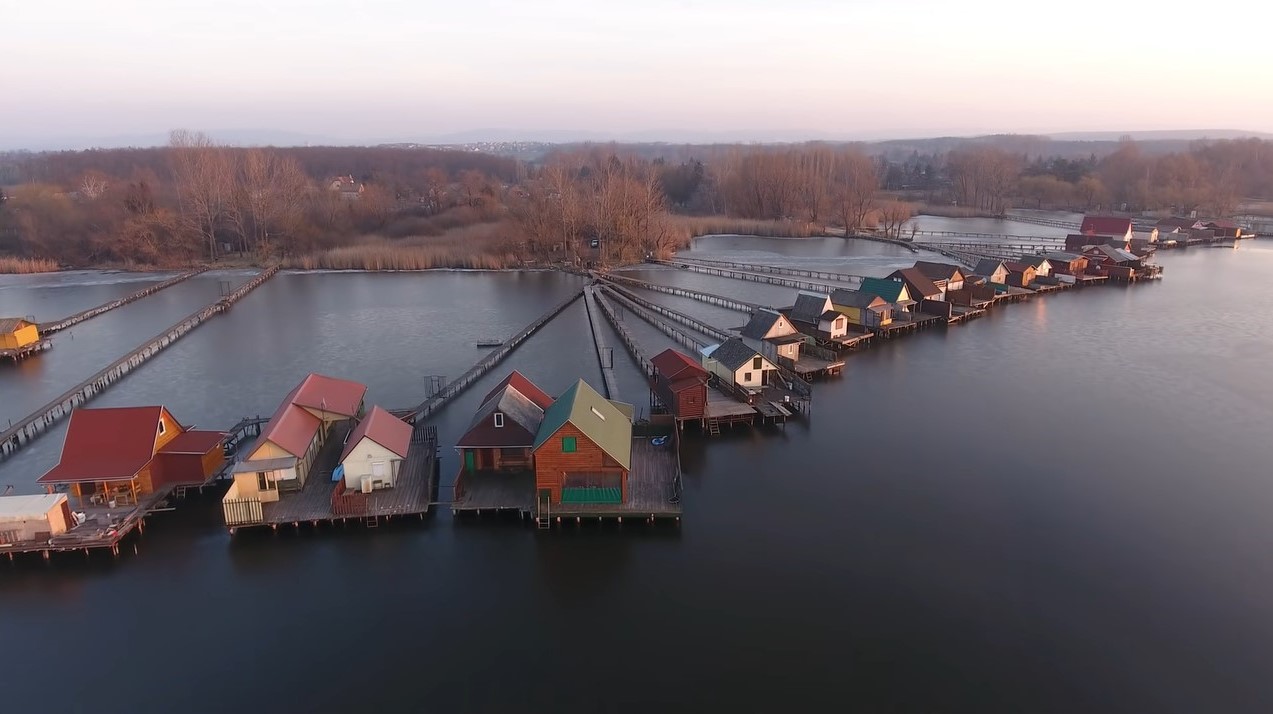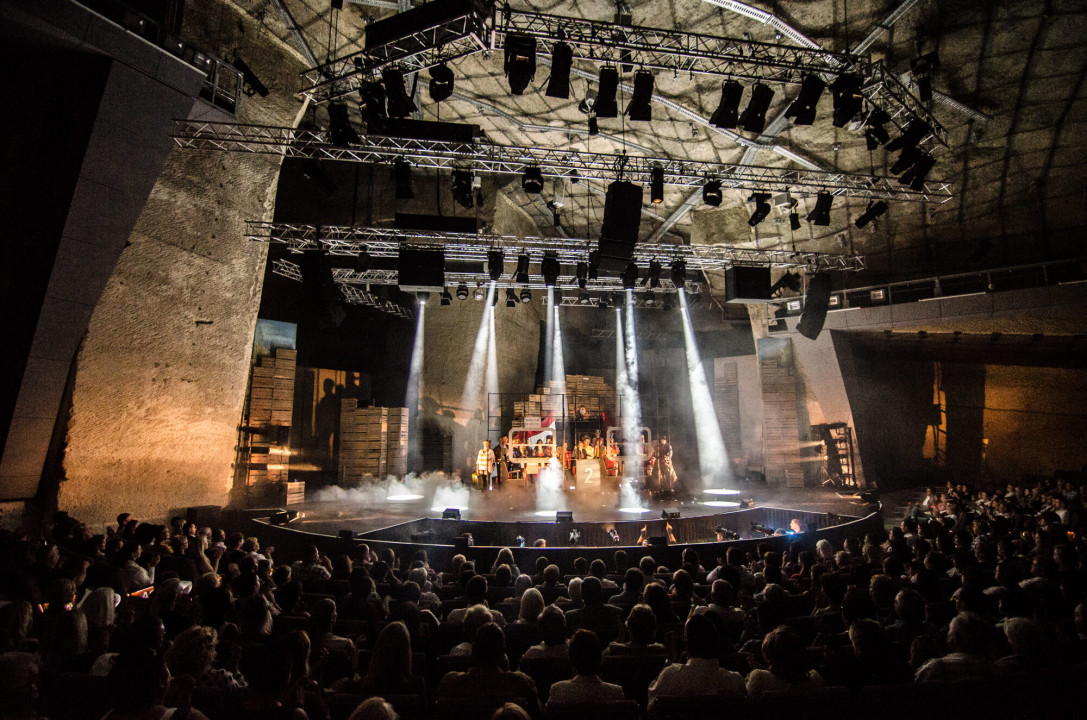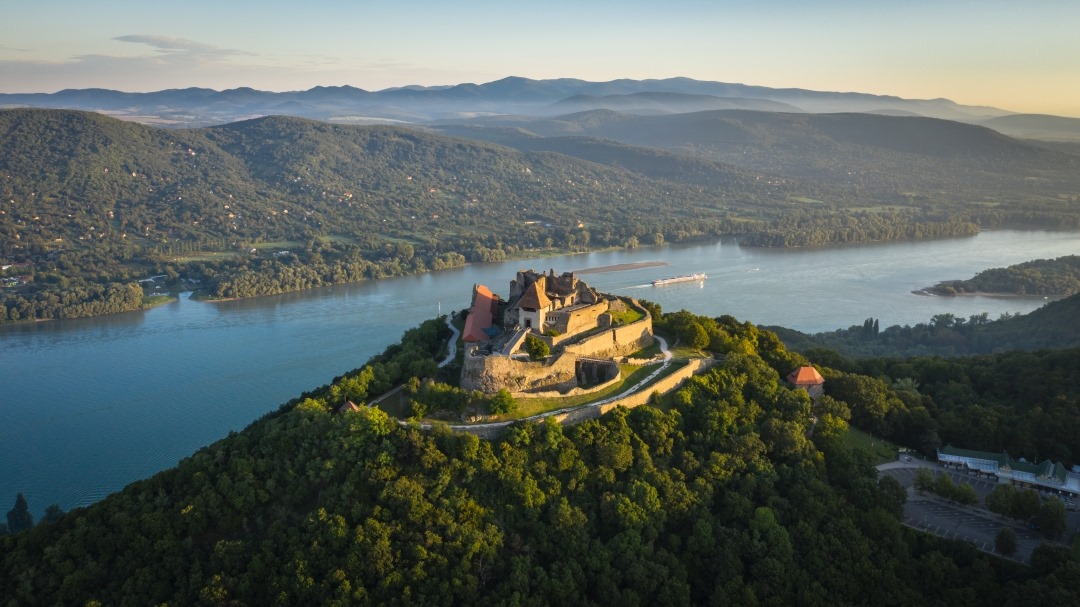4 hidden bucket list destinations in Hungary – PHOTOS, VIDEOS

Each year, Hungary is visited by millions of tourists who usually come to see the most well-known tourist attractions such as the Hungarian Parliament, the Buda Castle, Széchenyi Thermal Bath, Esztergom Basilica, Lake Balaton, Tokaj Wine Region, Lake Hévíz, or the Pécs Cathedral. Nonetheless, Hungary also has numerous lesser-known but amazing natural wonders and awesome historical sites that are just waiting to be discovered.
We have collected some of these hidden gems you should definitely visit.
Lake cave of Tapolca

Jump on a boat and explore the unique underground world in Tapolca!
The lake cave, which is situated in the centre of this small town, was discovered during the drilling of a wellbore in 1903. It was opened to the public ten years later.
The lake cave of Tapolca is Hungary’s first cave that is open to the tourists and has electric light.
It was also one of the two dozen caves in Hungary that were placed under protection as early as 1942. The sequence of layers, that enclose the cave system, consists of crystallized limestone and limestone marly layers which alternate with 1−2 cm clay strips. This gorgeous natural structure was formed 13.7 million years ago.
The most well-known representative of the fauna of the lake cave is the common minnow, a small fish species that people living in Tapolca call “csetri”.
After the 2012 renovation, visitors can walk down the 75 steps leading into the cave and stroll through the smaller and larger rooms of the dry section where the temperature is 20 ⁰C all year round. You can also jump on a boat and discover the mysteriously illuminated blueish water of the underground lake.
“Floating village” of Bokod

Lake Bokodi, situated about 80 kilometers west of Budapest, is an artificial lake (a power plant cooling pond) created in 1961 by the Oroszlány Thermal Power Company.
It was primarily formed for the purpose of storing and supplying cold water and cooling heated water that is returned to the lake from the power plant.
Due to industrial activity, the water temperature of the lake is ideal for wildlife, especially for the fish, as the water never freezes not even during winter. However, the power plant has been closed since 2015 so the lake is no longer heated in the winter.
Over the years, the lake has become a popular spot for fishing and a number of wooden fishing houses were erected by the locals. These “floating” houses are connected to the shore by long piers made of wooden planks.
Numerous photos and descriptions have been published on several foreign websites of this extraordinary location which was even featured as the background image of Bing in 2013.
Hungary’s most unique lookout tower stands in the middle of Lake Tisza
Hegyestű (Needle Hill)

The 337-metres-high Hegyestű Geological Visitor Site is located at the gate of the Káli Basin between Zánka and Monoszló. The northern part of the hill, which has a proper cone shape viewed from the direction of Lake Balaton, has been quarried, however, the remaining nearly 50-metres-high mine-wall reveals the inside of the basalt volcano which was active 8 million years ago. The stiff lava in the crater of the volcano split up into several vertical polygonal columns during the hardening process.
From the basalt cone of the Hegyestű, we can admire the characteristic landscape of the Balaton Uplands as well as the harmonious coexistence of human and nature.
The exhibition areas of the site display the life of the former volcano, the history of the local basalt quarry, and the botanical beauty of the Balaton Uplands National Park. Visitors can also take part in geological time travel by visiting a stone park which was formed by the characteristic rock types of Transdanubia.
Fertőrákos Quarry and Cave Theatre

The formation of limestone, which provides the material for the quarry, can be traced back to 10−12 million years. The approximately 5-acre surface of the quarry is covered by rocky and dry meadows and is home to many protected and rare flowering plant and animal species.
The Fertőrákos Quarry has been added to the UNESCO World Heritage List in 2001.
Ernő Dohnányi, composer, conductor, and piano player was the first to recognize the venue’s excellent acoustics and its potential to host outdoor cultural events. The Fertőrákos Cave Theatre was founded by György Várady, the former director of Győr Kisfaludy Theatre, and the first performance took place on 27 June 1970.

The renovated Fertőrákos Cave Theatre awaits visitors and spectators all year around with an auditorium for 760 spectators, heated seats, an extended stage area equipped with modern theatre light and sound technology since June 2015.
Source: Daily News Hungary






